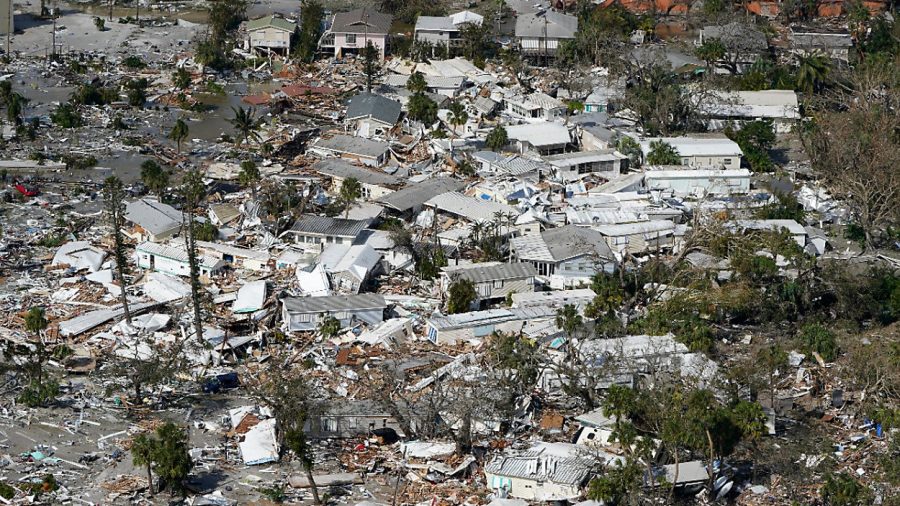The Fierce Effects of Hurricane Ian
November 3, 2022
In September, we all saw headlines about Florida’s deadliest hurricane since 1935, tied for the fourth strongest in Florida history—Hurricane Ian. It had devastating effects, including 60 billion dollars in damage and a storm surge putting houses underwater.
After striking Cuba first, Ian came to the Western Coast of Florida. The initial wind got up to 150mph, the fifth strongest in the US, and took a quarter of Florida’s power. There were 3.4+ million US power outages, including 2.7mil people. North and South Carolina, Virginia, and Georgia added even more outages. All of Cuba’s power went out meaning there were 11 million people in the dark.
Hurricane Ian made three landfalls: Its first was a 125-mph Category 3 storm near La Coloma, Cuba, early on Sept. 27th. The next day, Sept. 28th, the storm struck Cayo Costa, Florida as a Category 4 with 150-mph winds. Two days later, Ian made its final landfall near Georgetown, S.C., as a Category 1 at 85 mph.
Ian brought 21.16 inches of rain. The Washington Post said this number is “almost four times the average rainfall for September in Orlando, and it fell in about 36 hours.” On top of everything, about 34,000 lightning strikes occurred during the storm and a devastating 12+-foot storm surge brought houses underwater up to the ceilings. There were at least 119 deaths mostly caused by drownings, more than any other Florida hurricane since 1935, this number is expected to rise.
During this awful time, 6,000 flights were canceled and some airports shut down completely. There were $60 billion+ in insured losses just in Florida, making it the second-largest disaster event on record according to Insurance Information Institute. 2.5 million evacuation orders were issued, but few people listened, much less than 2017’s Hurricane Irma, a category 3 on the Florida Peninsula when 7 million people were told to evacuate. According to the World Economic Forum, “Only three stronger storms have hit Florida – in 2018, 1992, and 1935.”
A family friend, Marija, lives in Fort Myers, Florida with her boyfriend Bryant and witnessed the devastation first-hand. She says her house “had it easy compared to some other ones.” She and Bryant decided to stay in Florida and ride out the hurricane, although many were suggesting people leave (including the government), her neighbors insisted it wouldn’t be bad and they’ve stayed for all the other hurricanes. But little did they know what would become of their homes. Marija illustrated to me, “It was a feeling I’ve never experienced before. The sound of the wind for hours shaking our windows and breaking the lanai was the image I’ll remember vividly for a long time.” Marija and Bryant prepared a “safe room” in their house which consisted of her office with one small window with shutters and felt that was their best bet in case the roof came off and tiles started flying away. Thankfully, the water never made its way into the house and the roof stayed mostly intact. She described that “Waking up the next morning was one of the saddest days in my life. Everything was too calm to understand after such rage just hours prior.” She expressed that it didn’t even seem like a reality. The neighbors were quiet and everyone was just trying to figure out what comes next. Marija sent me awful pictures that demonstrated just how damaging the hurricane was with boats toppled on each other, bridges completely crushed, big trees fallen, and the canal she lives on flooding her pool and entire back patio.
Unfortunately for Marija and other Floridians, hurricane-prone states aren’t out of the woods yet, as there is still about a month of hurricane season left. We can only hope no more catastrophic hurricanes like Ian strike.






